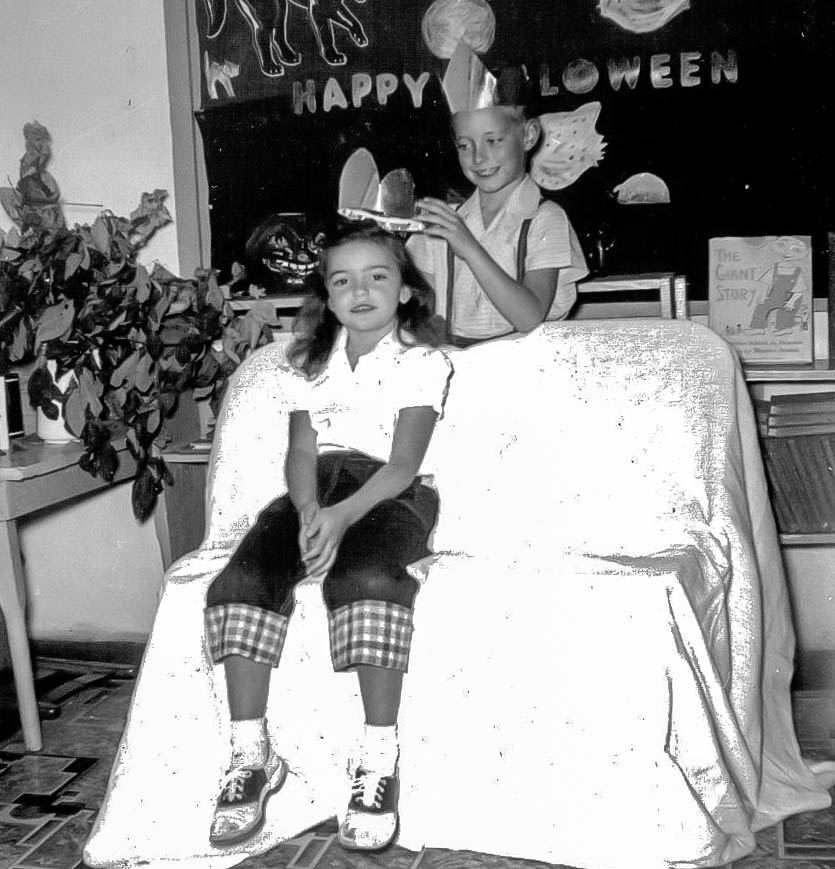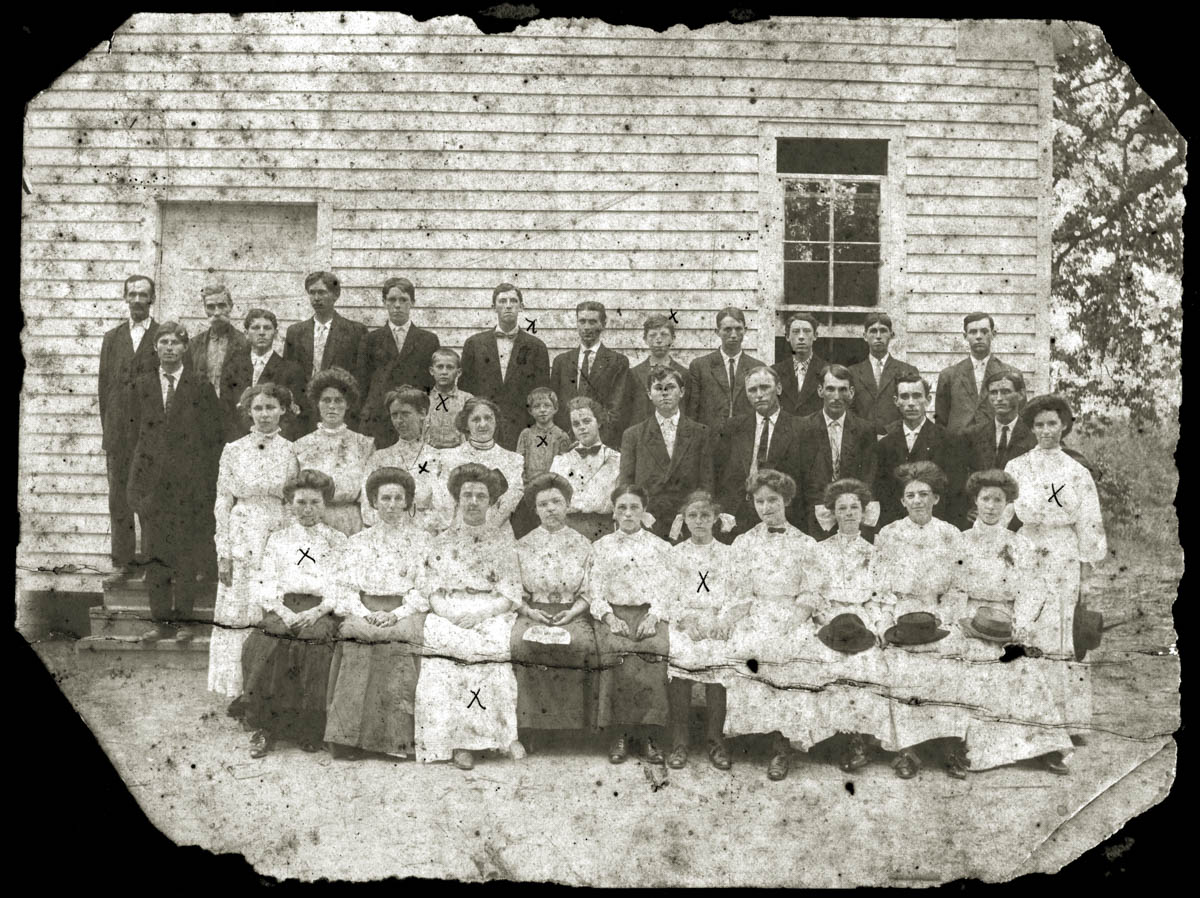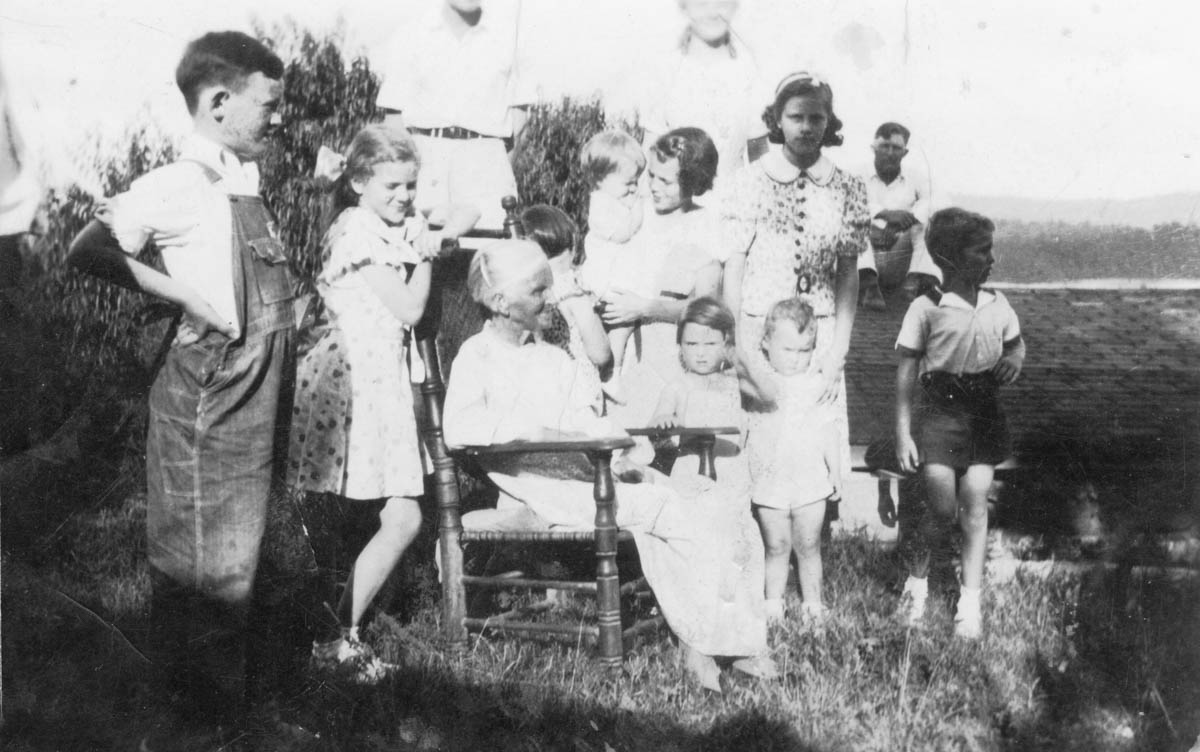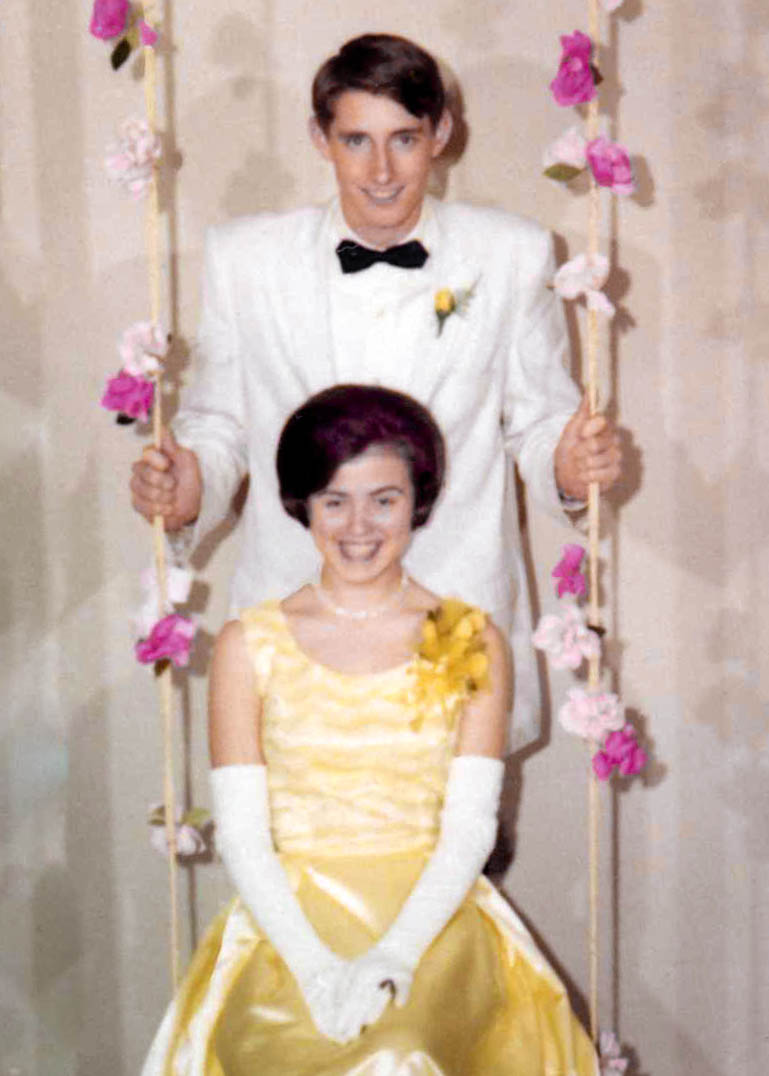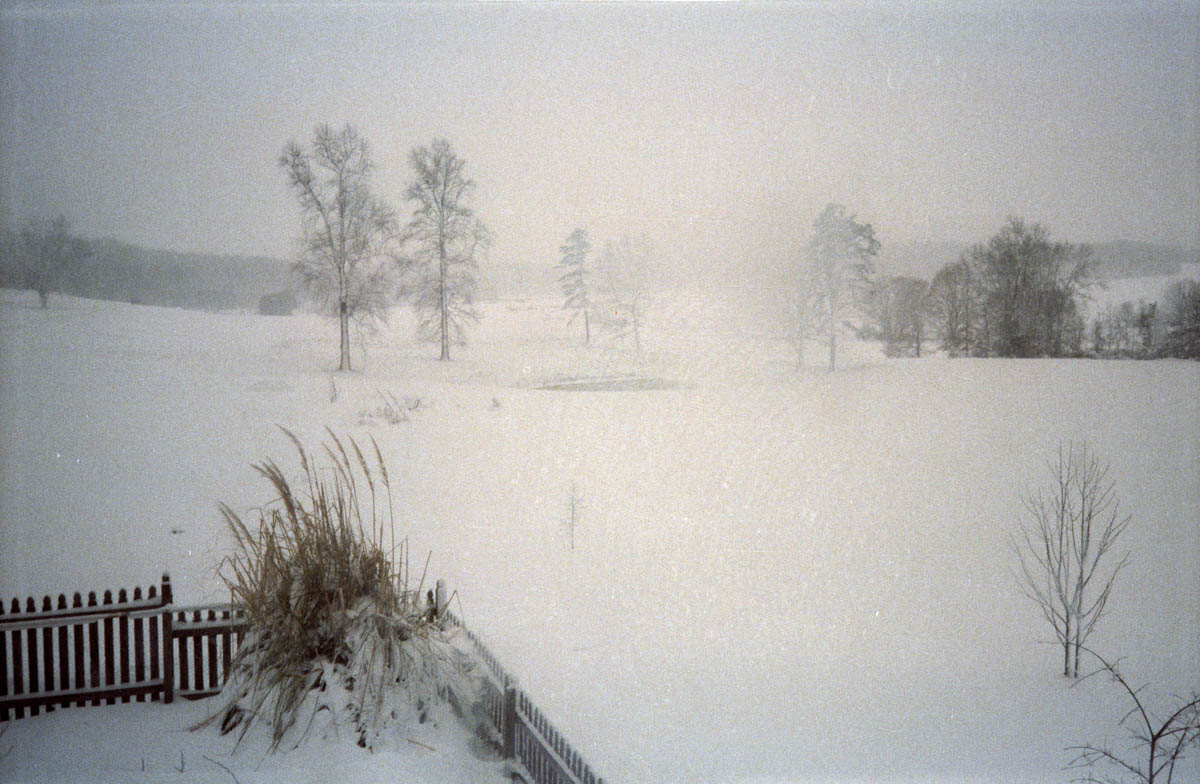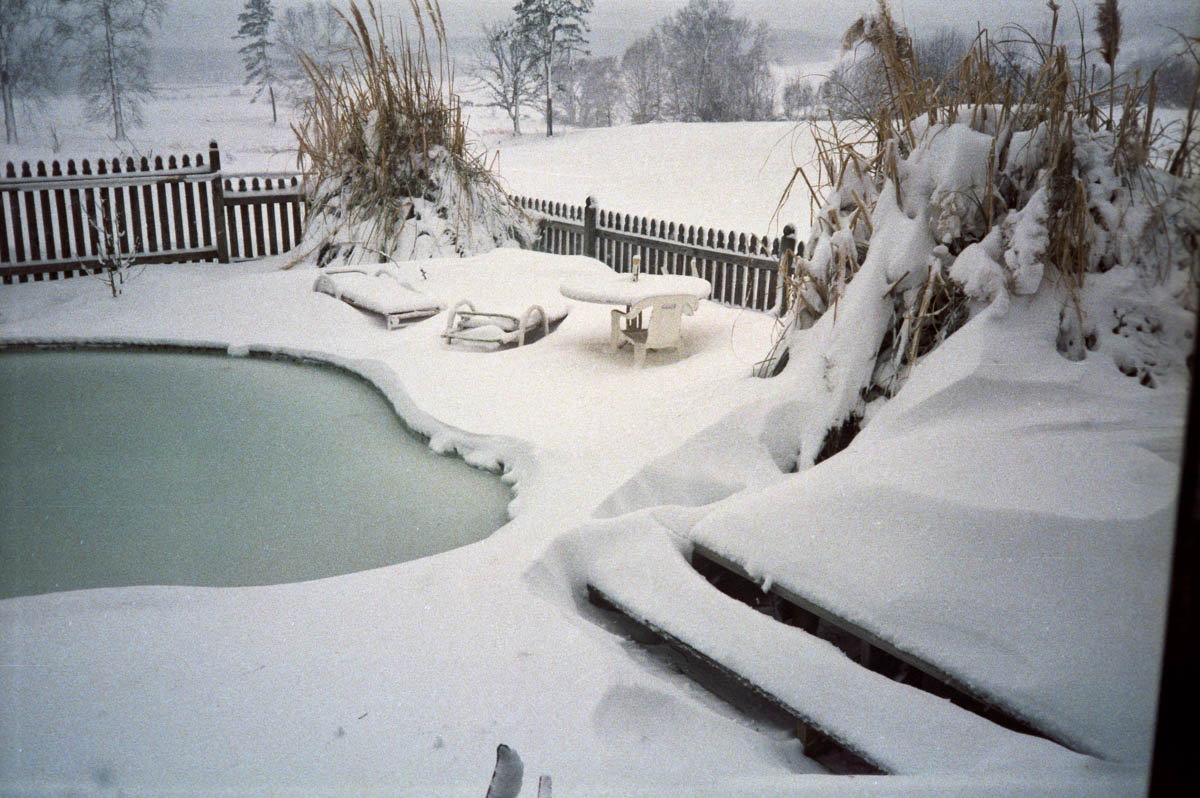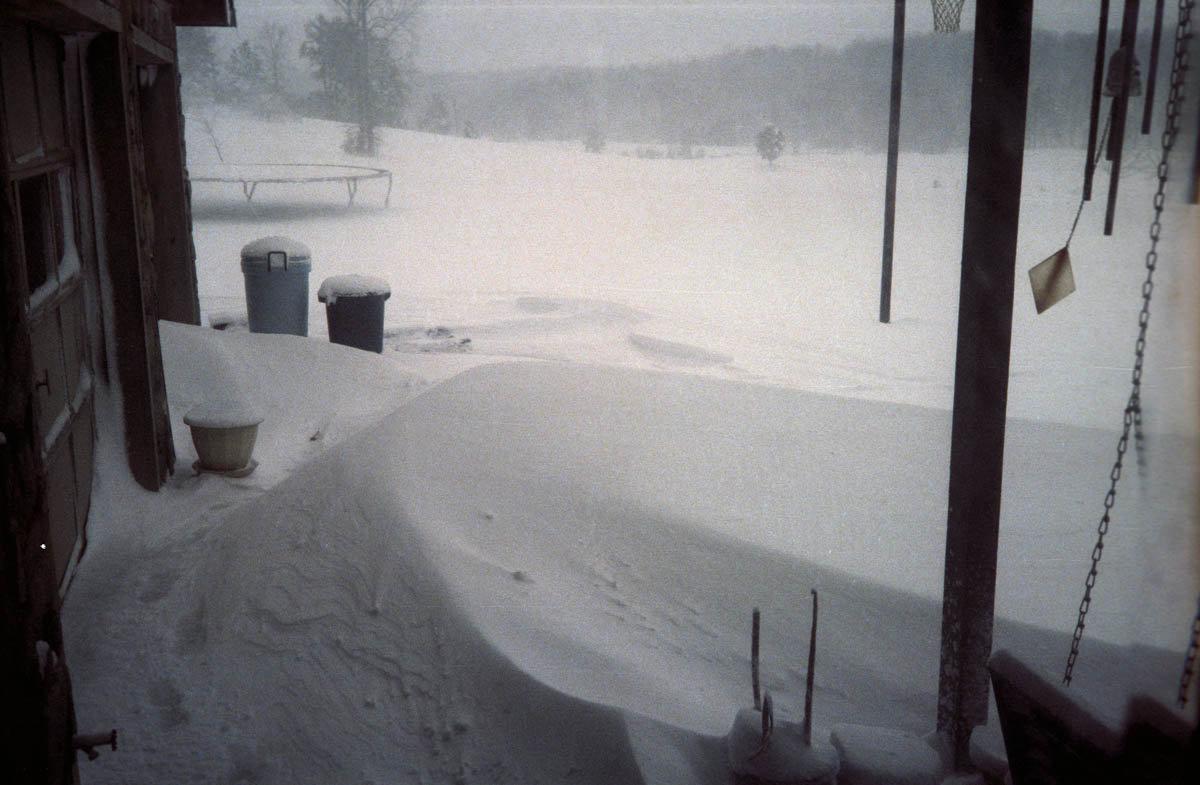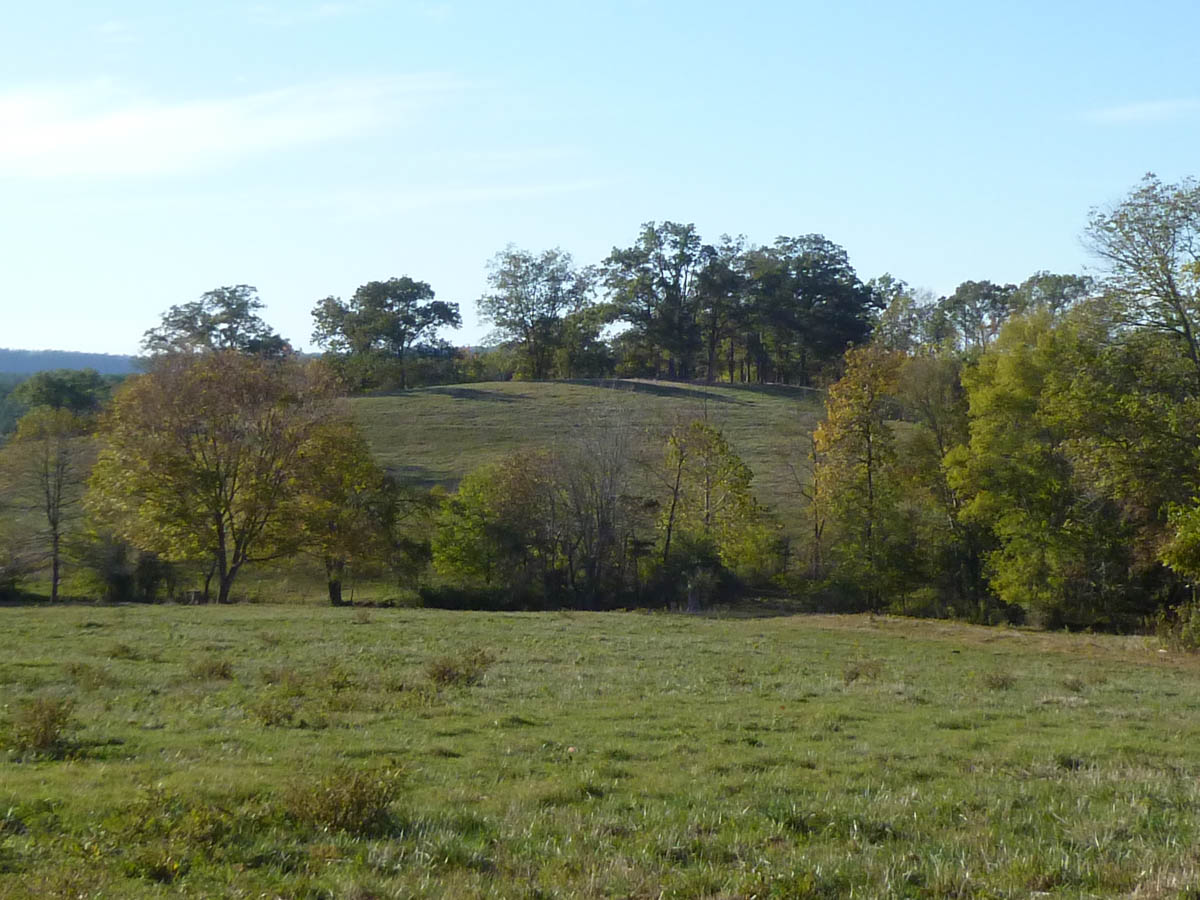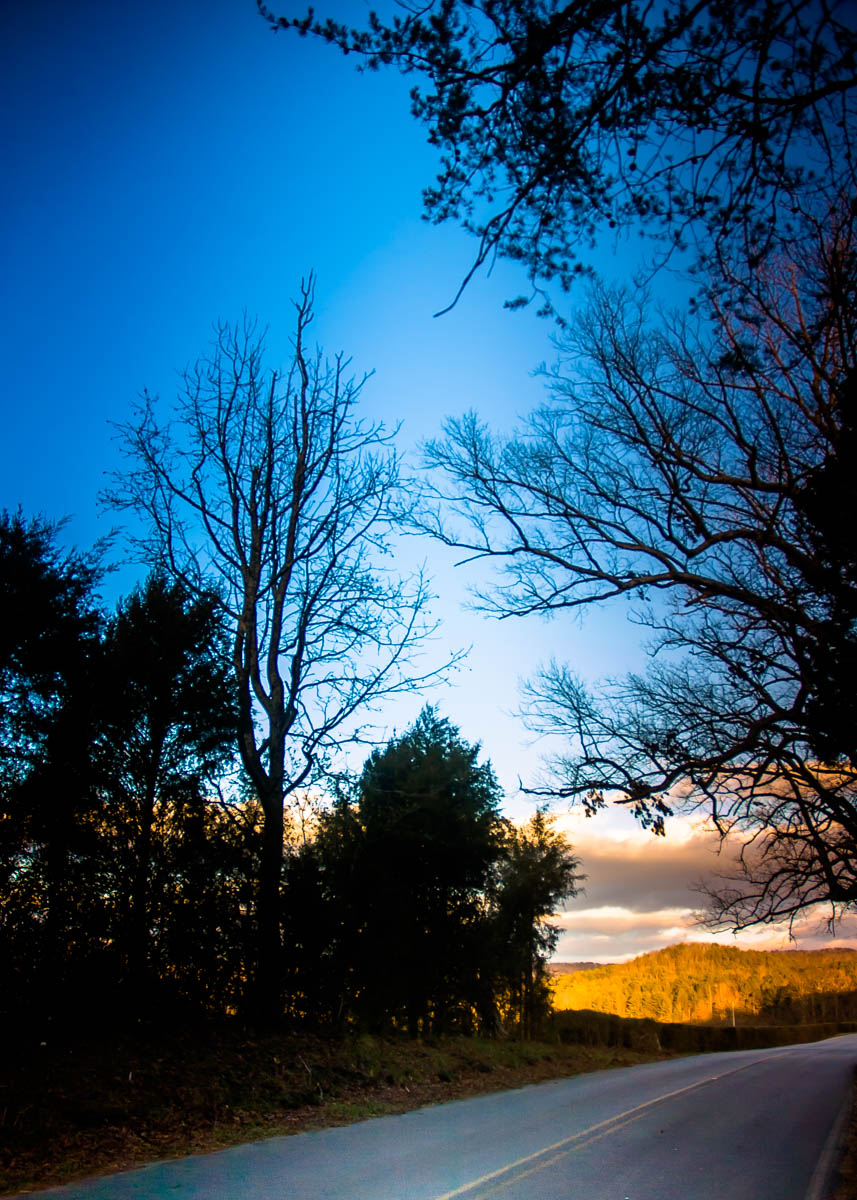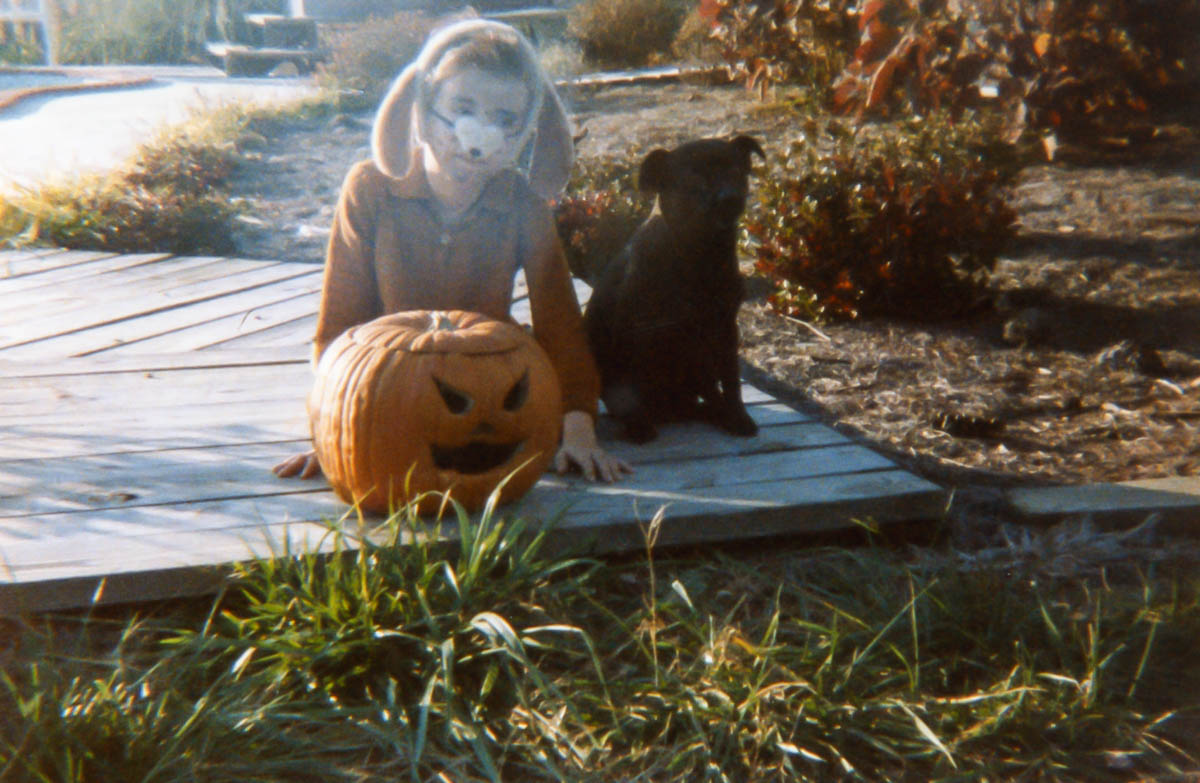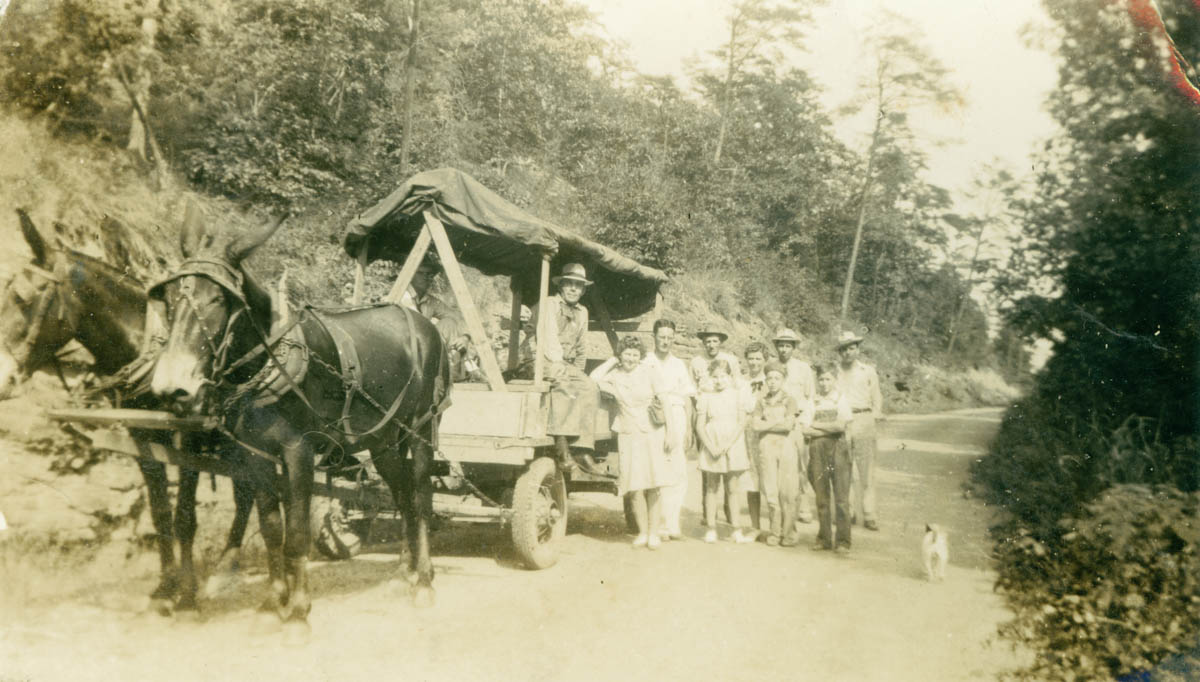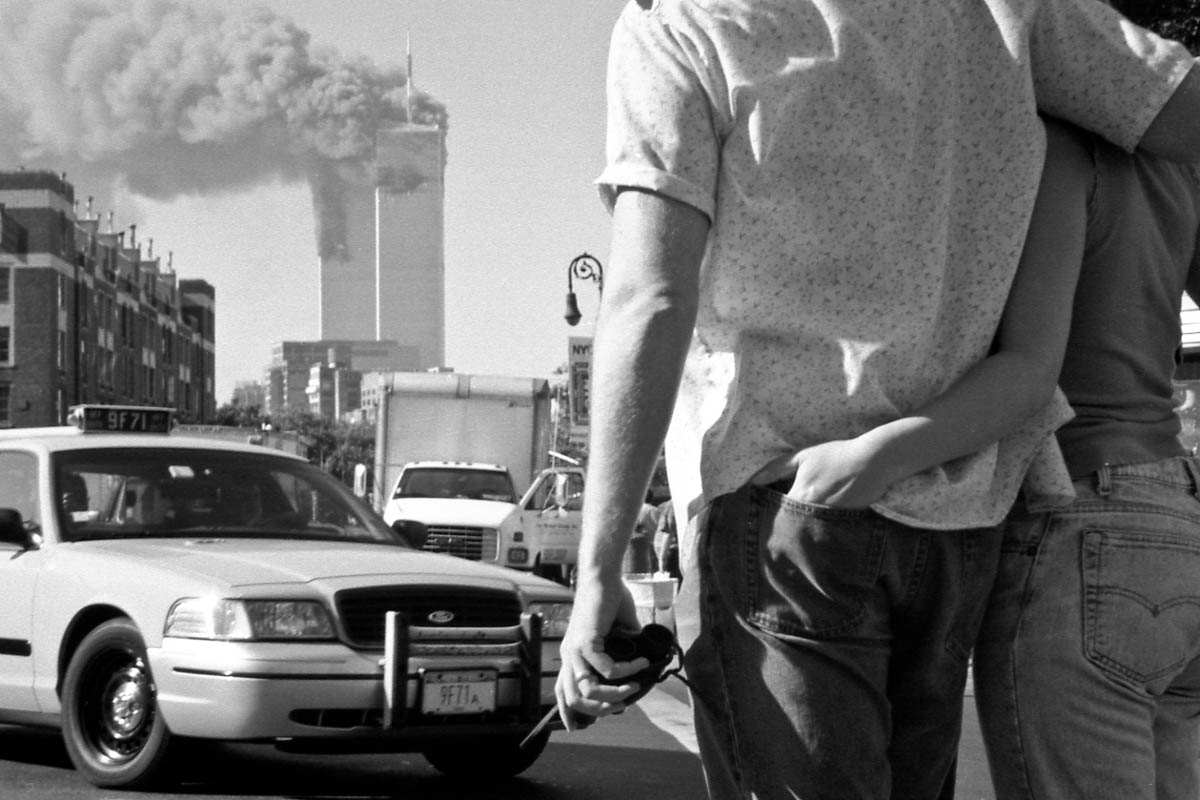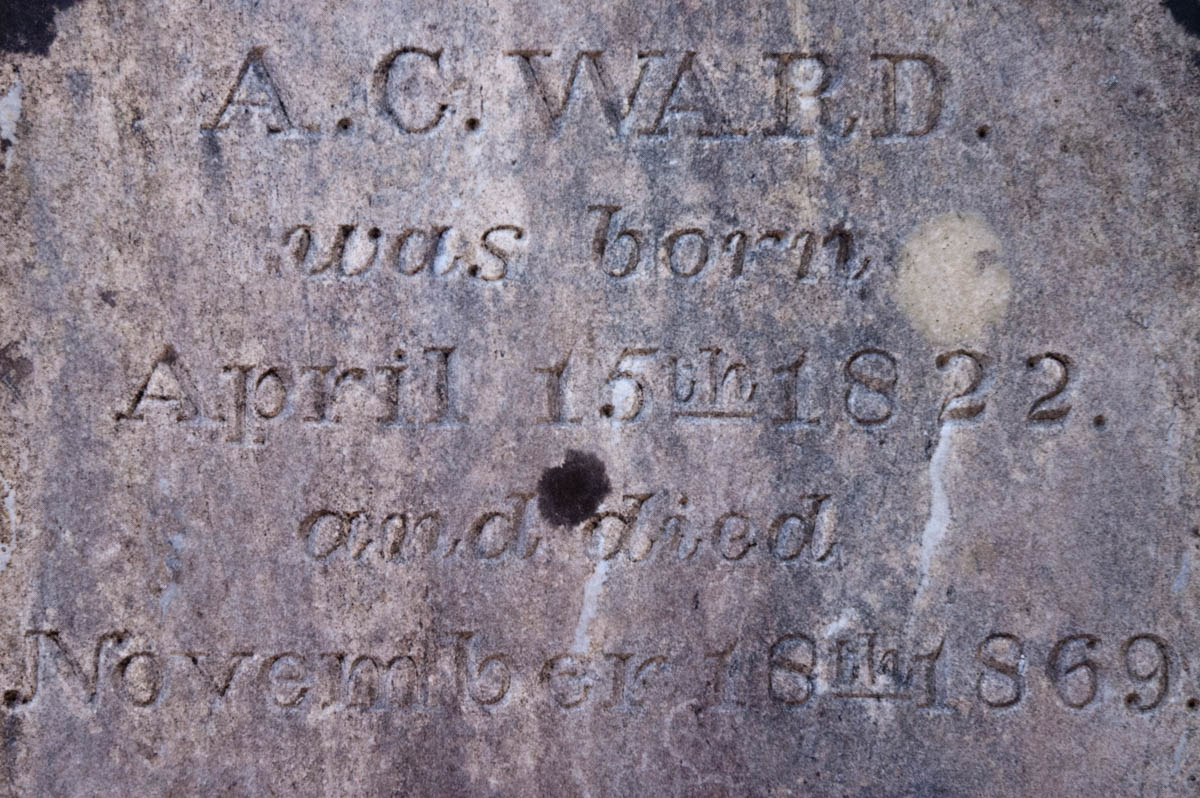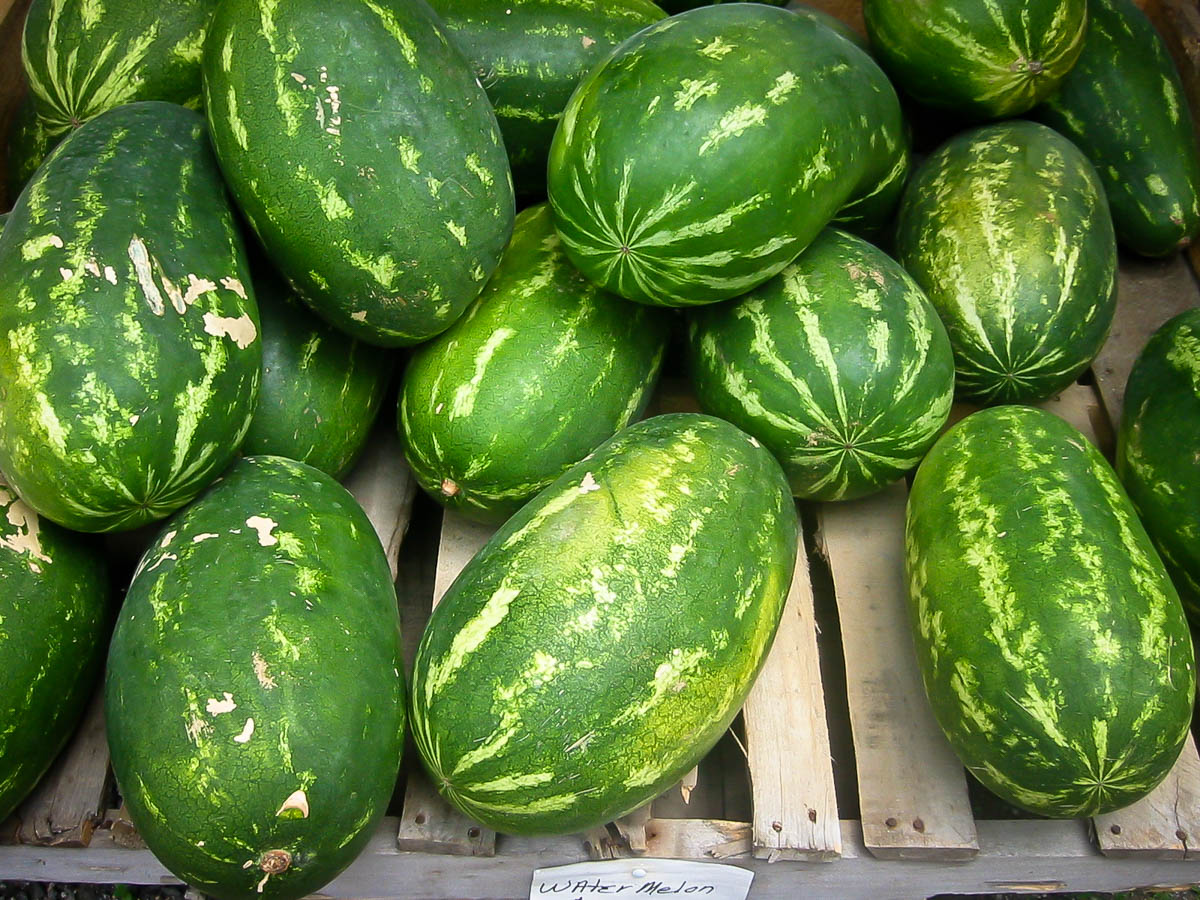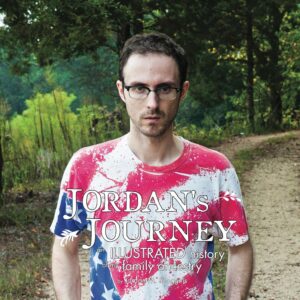Halloween Photos 1955 & 1986
I shared some Halloween memories about growing up in East Armuchee a few years ago. Those are still good memories. I thought I would post a couple more photos to accompany them…
The first photo is of my dad in 1955. The photo was taken at the school in Subligna. He and Judy Scoggins (a distant cousin who I don’t know how fits into the tree yet) were crowned Halloween King & Queen!
